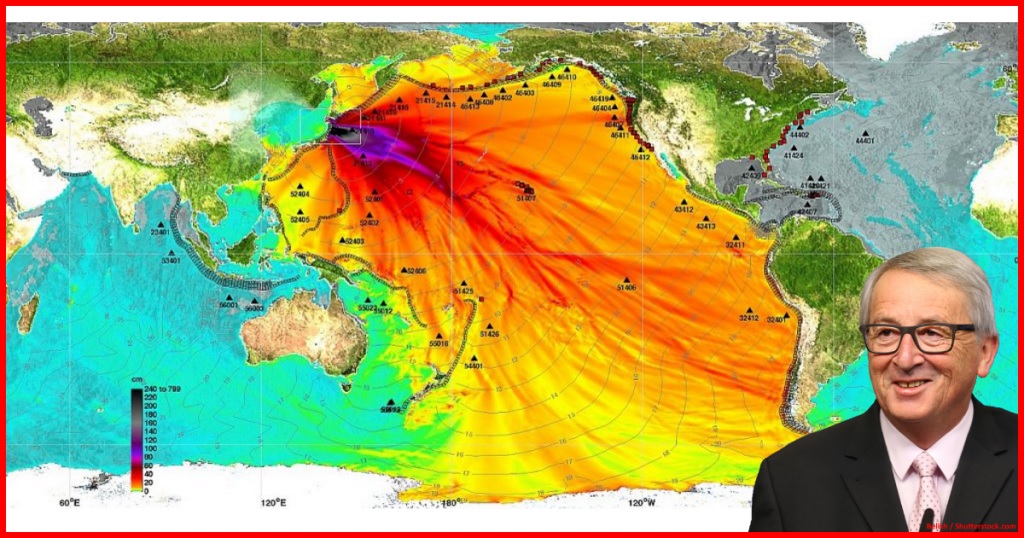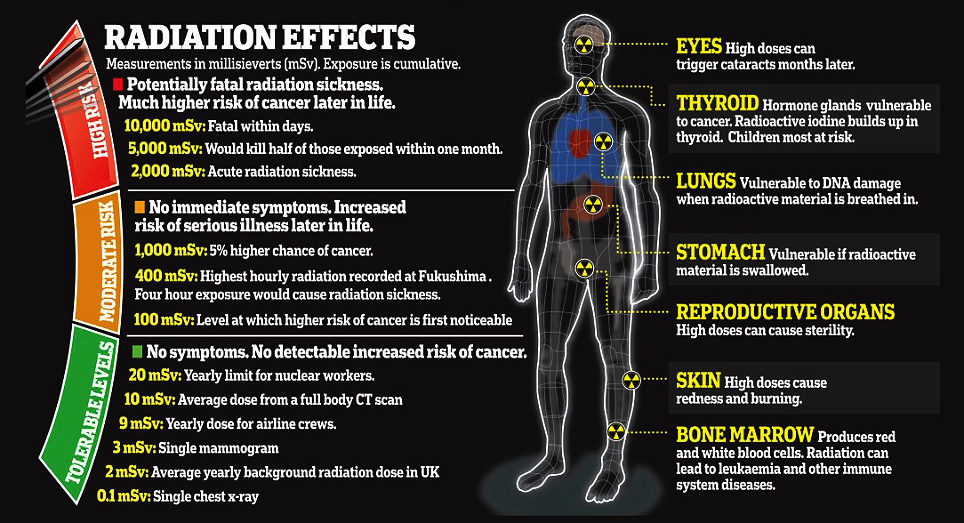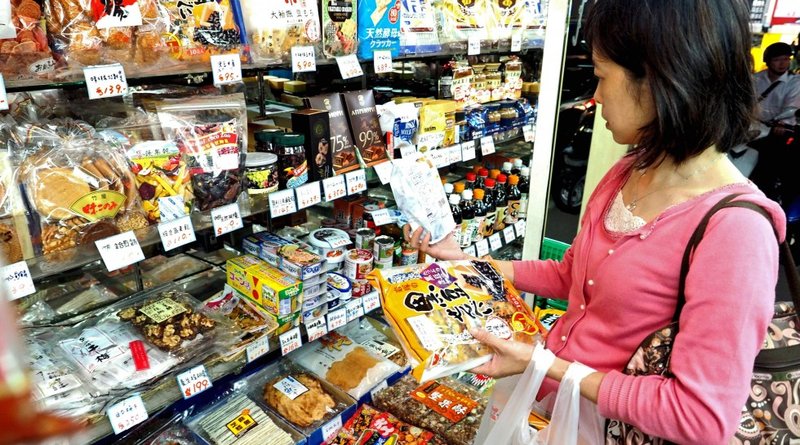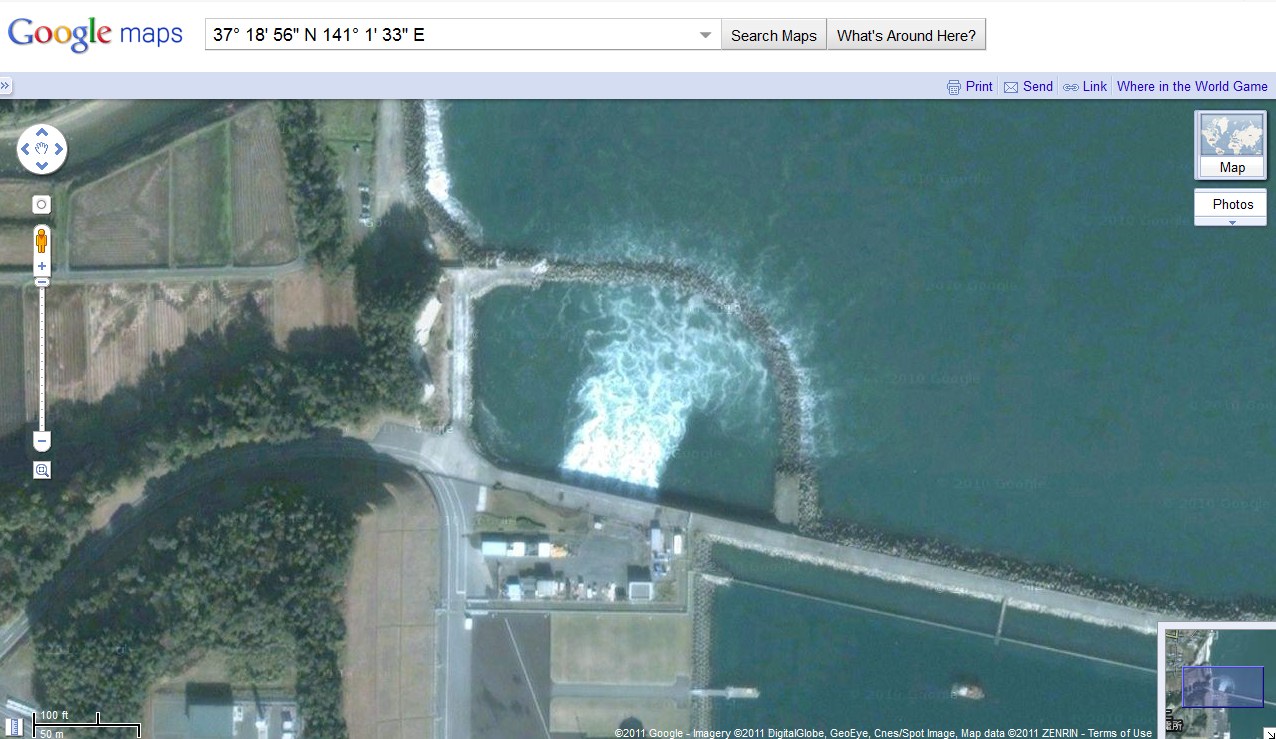Just six years after the Fukushima disaster, in December 2017, the European Commission decided to lift import restrictions on individual agricultural and fishery products from Japan.
Rice grown in the Fukushima region will no longer require proof of radiation control in the future. The same applies to fishery products from adjacent areas around Fukushima, as well as to fruits and beef.

Radiation levels still exorbitant after eight years
Even eight years after the dramatic reactor accident, Greenpeace warns of the still immensely high radiation levels. In surrounding communities, radioactivity has been measured in places, which is up to 100 times higher than the international limit for the population. The high level of radioactivity will pose a significant risk in the region, at least until 2050, and presumably until the next century.

Nevertheless, the EU Commission has lifted the import restrictions on food from Fukushima. The results of more than 900,000 food samples spoke a clear language. Especially in food, radioactivity is extremely concentrated. Researchers who studied food focused mainly on cesium-137 levels. Immediately after the accident radioactive contamination in animal products was still relatively low. But over time, she grew extremely strong. Already in the early summer of 2011, the values were far beyond the legal limits. The maximum levels in vegetables have increased from year to year.

Strontium deposits in bone
Scientists recommend that Japanese radiation protection experts focus not only on measurements of cesium-137, but also on strontium-90. Because strontium is chemically similar to calcium and is therefore easily absorbed by the body and stored in bone.
Even after seven years, the danger in Fukushima is far from over. Although some of the spent fuel rods have now been recovered and stowed away in other buildings. Parts of the ground around the kilns were poured over with concrete and the reactor buildings were largely covered. Although less radioactivity is released than in the past seven years. However, hundreds of thousands of containers are stored on the Fukushima grounds, with contaminated soil. How long the containers remain tight is questionable. And every day new containers are added.
Thousands of liters of radioactive water are pouring into the ocean
In addition, extinguishing water from the irradiated reactors still seeps into the groundwater, which eventually ends up in the Pacific Ocean. Although the daily influx of contaminated water could be lowered overall. Nevertheless, radioactively contaminated water has been pouring into the Pacific Ocean for seven years.
In addition, there is another problem: to filter the radioactively contaminated water that flows into the sea, filter systems were built. However not all radioactive substances can be filtered out. The government has yet to find a solution to the problem of non-filterable tritium. “Experts” advised to dilute tritiumrich water and slowly dissipate into the sea.

Only in early autumn will Fukushima operator Tepco be able to salvage the third molten nuclear fuel. The Japanese government has begun to release more and more areas around Fukushima for colonization. Former residents are encouraged to return. Most people have not followed this request so far. Only one fifth should have returned.
Fukushima advertises “Delicacies”
Following the lifting of the food ban, Fukushima is now promoting fruit, rice and beef from the irradiated region, in France and the UK. At a promotional event in France, rice and fruit were distributed for tasting, including to children. In addition, processed products from Fukushima do not need to be labeled. Also in London, the governor from Fukushima campaigned for rice and beef from the contaminated area. Rice is now exported to France and deliveries to the UK are rising again.
Although thousands of liters of contaminated groundwater still run into the sea every day, the European Commission has decided to lift the import ban on food and fish from Fukushima. Not only in the region around Fukushima is the ocean radioactively contaminated. The ocean currents have spread radioactivity throughout the Pacific Ocean. The consequences are visible and measurable.
Radioactive water contaminates USA and Canada
Veterinarians in the US complain about the high numbers of sick wild animals. Seals and sea lions die in masses of American and Canadian coasts. In polar bears, seals and walruses on the coast of Alaska increasingly open wounds were observed. The coastal people, who like to eat fish and seafood, are worried about their health. Scientists collected seawater samples at various beaches in 2016 and found contamination with cesium 134. Inland lakes from Canada, researchers from the Fukushima InFORM project in crabs had also discovered cesium 134.
What catastrophe of the super-Gau of Fukushima has done worldwide seems to ignore the Japanese government. Products from the Fukushima region will continue to be exported. According to the New York Times radioactively irradiated green tea was shipped from Tokyo to Hong Kong.
Now the EU has also approved the import of products from Fukushima. The only thing that remains for the consumer is the possibility of avoiding Japanese products and of knowing exactly where these foods come from.






